Diptera.info :: Family forums :: Asilidae Forum
|
Two different Antiphrisson spp. on Rhodes?
|
|
| piros |
Posted on 11-11-2022 14:22
|
|
Member Location: Szeged, Hungary Posts: 1817 Joined: 04.01.12 |
Dear forum. I photographed several specimens of an asilid in April on Rhodes, which I thing is Antiphrisson trifarius. To my surprise, I found an Antifrisson sp. again in October on the same island. The latter, however, looks different to me. In general, the body color of the October specimens is lighter (more yellowish than brown), bristles around the periphery of the notum and the scutellars are whiteish (instead of black), there are no black bristles on the occiput and in the mystax. I think I see a subtle difference in the shape of the ovipositor of the two as well: T8 is slightly domed dorsally in A. trifarius, whereas in the "autumn" specimens the dorsal outline of it is essentially straight. But this could be an illusion caused by looking at it in different angles. The "autumn" specimens resemble the few images of Antiphrisson adpressus found in the Internet, which is known from nearby Turkey. Could the "autumn" sp. be identical with A. adpressus? Thanks for any help/comment in advance! Greetings, Henrik Antiphrisson cf. trifarius male: piros attached the following image:  [231.28Kb] Edited by piros on 11-11-2022 14:51 |
|
|
|
| piros |
Posted on 11-11-2022 14:23
|
|
Member Location: Szeged, Hungary Posts: 1817 Joined: 04.01.12 |
A. cf. trifarius female:
piros attached the following image: 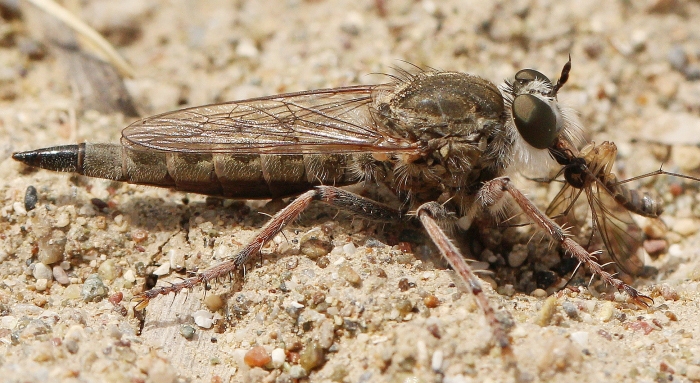 [260.11Kb] |
|
|
|
| piros |
Posted on 11-11-2022 14:25
|
|
Member Location: Szeged, Hungary Posts: 1817 Joined: 04.01.12 |
Antiphrisson cf. adpressus female:
piros attached the following image: 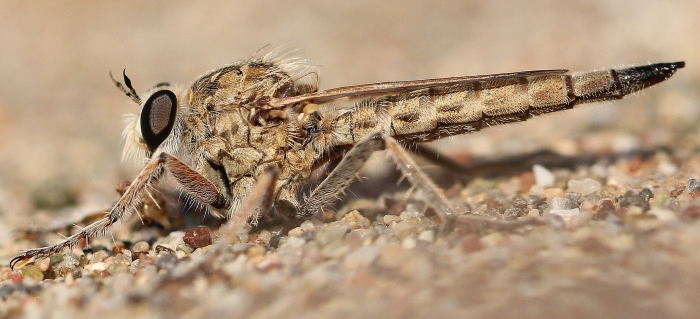 [194.66Kb] |
|
|
|
| piros |
Posted on 11-11-2022 14:27
|
|
Member Location: Szeged, Hungary Posts: 1817 Joined: 04.01.12 |
A. cf. adpressus male in copula:
piros attached the following image: 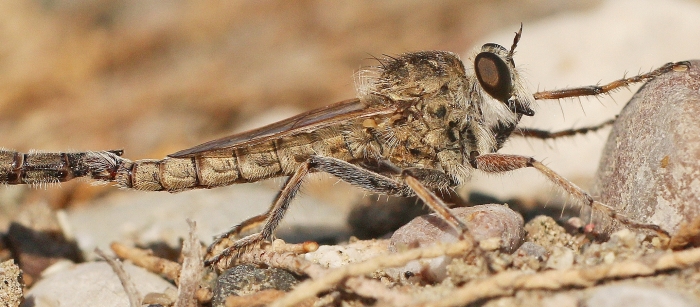 [210.42Kb] |
|
|
|
| piros |
Posted on 11-11-2022 14:28
|
|
Member Location: Szeged, Hungary Posts: 1817 Joined: 04.01.12 |
A. cf. adpressus female in copula:
piros attached the following image: 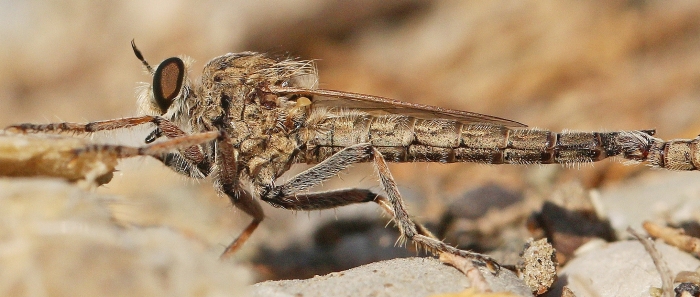 [193.87Kb] |
|
|
|
| piros |
Posted on 11-11-2022 14:30
|
|
Member Location: Szeged, Hungary Posts: 1817 Joined: 04.01.12 |
A. cf. adpressus female, head and thorax:
piros attached the following image: 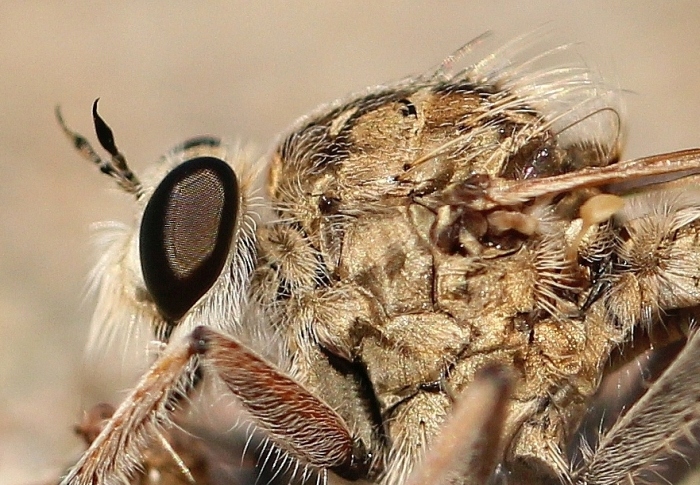 [242.95Kb] |
|
|
|
| piros |
Posted on 11-11-2022 14:31
|
|
Member Location: Szeged, Hungary Posts: 1817 Joined: 04.01.12 |
A. cf. adpressus male, head and thorax:
piros attached the following image: 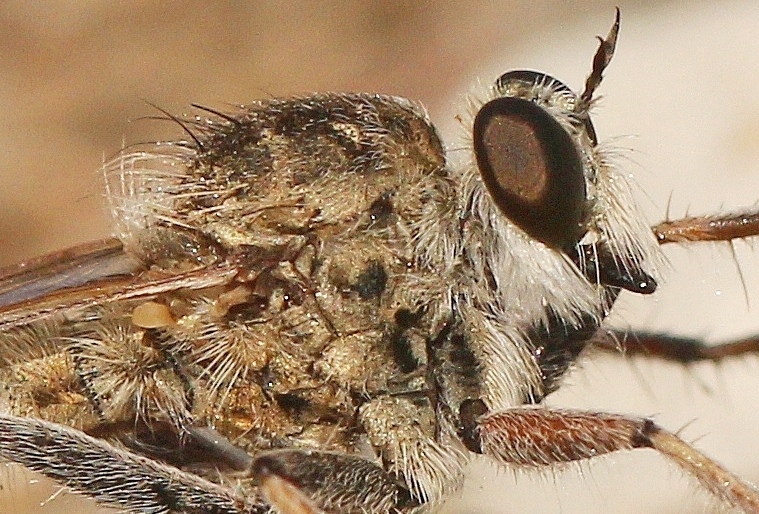 [256.13Kb] |
|
|
|
| piros |
Posted on 11-11-2022 14:32
|
|
Member Location: Szeged, Hungary Posts: 1817 Joined: 04.01.12 |
A. cf. adpressus female, tip of abdomen:
piros attached the following image: 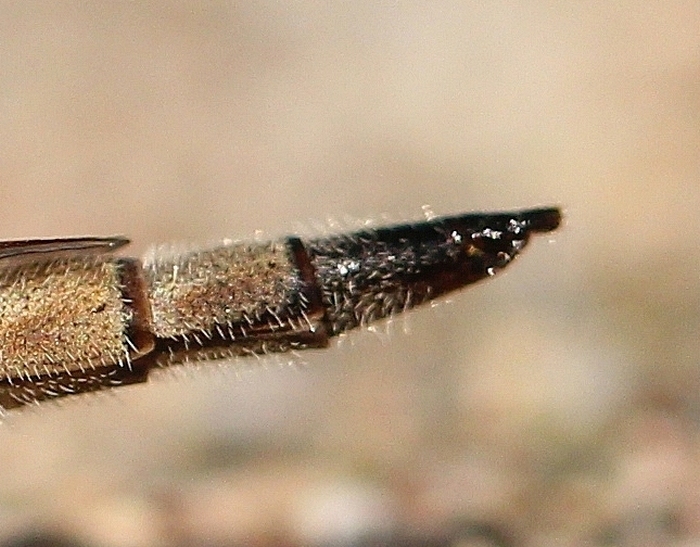 [255.37Kb] |
|
|
|
| piros |
Posted on 11-11-2022 14:33
|
|
Member Location: Szeged, Hungary Posts: 1817 Joined: 04.01.12 |
A. cf. adpressus male and female in copula, tip of abdomen:
piros attached the following image: 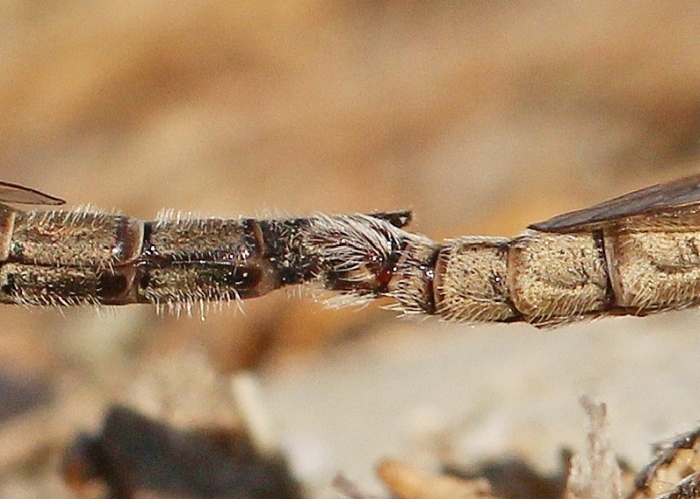 [280.87Kb] |
|
|
|
| piros |
Posted on 19-11-2022 17:56
|
|
Member Location: Szeged, Hungary Posts: 1817 Joined: 04.01.12 |
Up a bit... |
|
|
|
| piros |
Posted on 28-11-2022 15:13
|
|
Member Location: Szeged, Hungary Posts: 1817 Joined: 04.01.12 |
I realized that all hairs of the mystax of the "autumn" specimens are yellow. Using Engels key, this leads to Antiphrisson thalhammeri, which is considered to be a synonym A. trifarius. So the lighter autumn variant would simply be a color form of A. trifarius. But than it is interesting that all spring specimens I observed (4) look like "classic" A. trifarius, while all autumn specimens (3) belong to the thalhammeri form I would greatly appreciate any opinion about this issue! Greetins, Henrik |
|
|
|
| John Carr |
Posted on 28-11-2022 15:19
|
|
Super Administrator Location: Colorado, USA Posts: 10555 Joined: 22.10.10 |
piros wrote: I realized that all hairs of the mystax of the "autumn" specimens are yellow. Using Engels key, this leads to Antiphrisson thalhammeri, which is considered to be a synonym A. trifarius. So the lighter autumn variant would simply be a color form of A. trifarius. But than it is interesting that all spring specimens I observed (4) look like "classic" A. trifarius, while all autumn specimens (3) belong to the thalhammeri form I would greatly appreciate any opinion about this issue! Greetins, Henrik Color of Chironomidae correlates with water temperature, so the first generation of spring is darker than the summer generation. There are other possibilities here. Maybe the two generations are reproductively isolated and have started to diverge morphologically, but not so much that taxonomists consider them distinct species. |
| piros |
Posted on 28-11-2022 15:49
|
|
Member Location: Szeged, Hungary Posts: 1817 Joined: 04.01.12 |
Thank you for your reply! Yes, temperature during a critical period of development could be the key factor. BTW some Antiphrisson shown on Flickr under the name A. adpressus are indistinguishable of these "thalhammeri" of mine, so their identity is also questionable: https://www.flickr.com/photos/superegnum/51453752028/in/photostream/ https://www.flickr.com/photos/superegnum/51468673209/in/photostream/ Interestingly, those photos were also taken in autumn (middle of September). Edited by piros on 28-11-2022 15:52 |
|
|
|
| Jump to Forum: |













